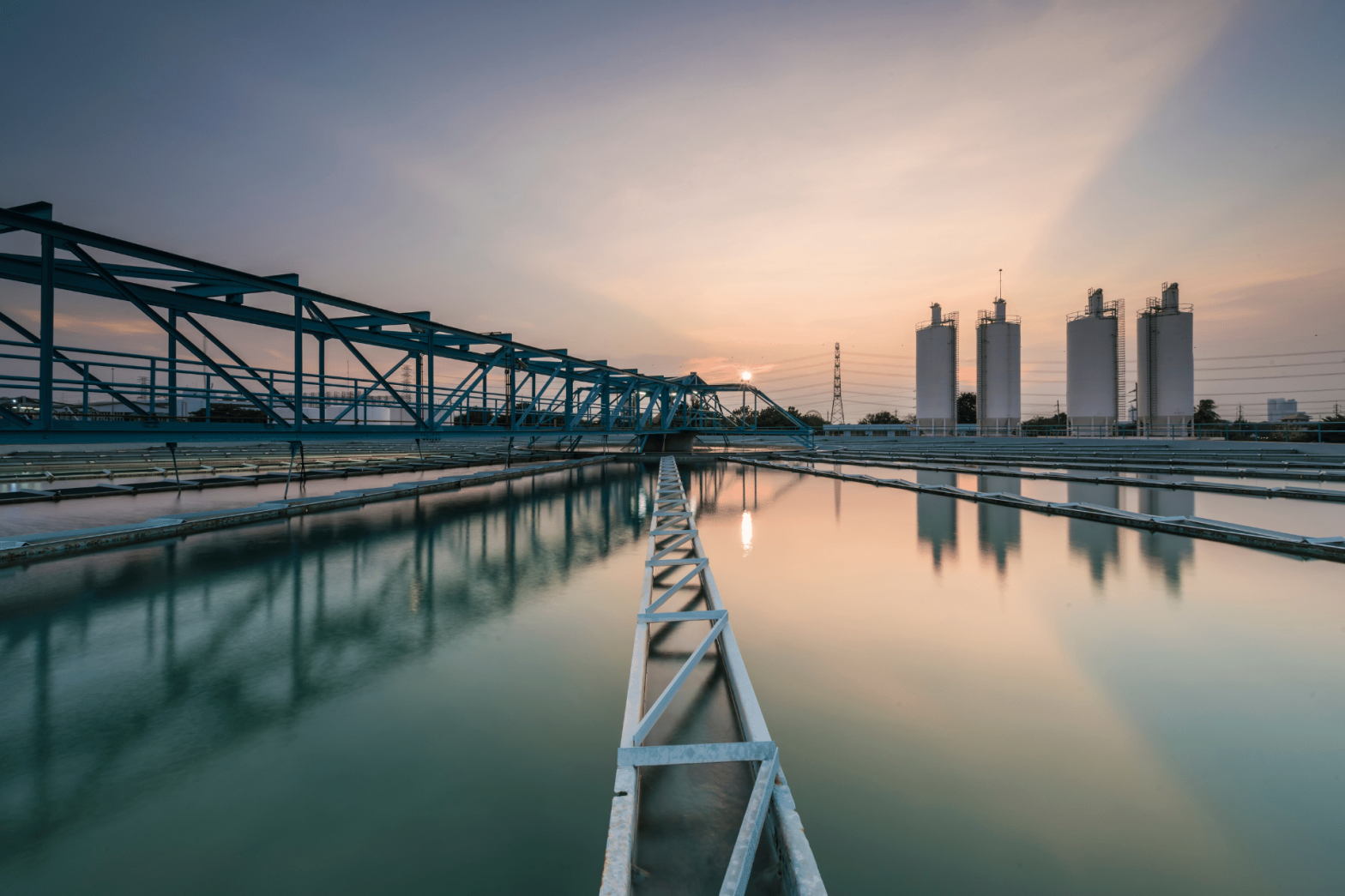As we discussed in the previous issue, hard water is water with a high mineral content (as opposed to “soft water”). When water reacts with carbon dioxide, it forms a very weak “carbonic” acid and as this water moves through soil and rock, the acidic nature dissolves some of the minerals and retains them in the water. Calcium and magnesium, the most common minerals in hard water are beneficial to our health, but they also cause scale buildup in household pipes.
Today we focus on how we can soften your hard water to avoid all the problems that come with it.
Soft water aids in the reduction or elimination of scale deposits caused by calcium and other minerals, as well as the longevity of a home’s plumbing, water-centered appliances, and fixtures. It is often a good idea to test a home’s water for hardness and chlorine, fluoride, and other chemicals that a homeowner may not want in their water.
In the previous issue we mentioned to ways in which hard water can be treated which are, the use of water softeners and the use of water conditioners. In this issue, we will take a closer look at water softeners and how they work.
What is a water softener?
A water softener is a filtration system that works to remove high calcium and magnesium concentrations that cause hard water. When water flows through a Water Softener, the system filters out these hard water minerals, and the softened water exits the system to flow through plumbing. Water softeners, believe it or not, are similar to magnets. A traditional bar magnet has one “positive” and one “negative” end. Assume you have two bar magnets and try to connect both positive ends. So, what happens? They are polar opposites. It’s impossible to get them to connect, no matter how hard you try. But what if you connect the positive end of one to the negative end of the other? They instantly connect!
Water softeners work on the basis of the fact that positive and negative things attract. If you understand this concept, then you will definitely understand how a water softener works.
The two main culprits of hard water, Calcium and Magnesium, are both positively charged molecules. Furthermore, as hard water flows through the softening system, it passes through a filter filled with negatively charged resin beads. As with magnets, opposites attract as hard water moves through the resin beads. SNAP! This happens through a process known as ion exchange where positively charged ions are exchanged for the negatively charged ones. A water softener consists of three parts: a control valve, a mineral tank, and a brine tank. These three work together to remove minerals from hard water, monitor water flow, and clean the system on a regular basis via a regeneration process.
The Mineral Tank
The mineral tank is the chamber in which hard water is softened. The hard water enters the tank via the water supply line. Water seeps through the bed of resin beads, depositing the water-hardening calcium and magnesium ions. The water exits the tank soft and flows through your pipes to your household appliances.
The Control Valve
The amount of water passing through the mineral tank and into your home is measured by the control valve. The valve contains a meter that measures the amount of water that enters the mineral tank. The resin beads exchange sodium ions for hardness ions as hard water flows through the mineral tank. This depletes the resin’s capacity to continue softening water effectively over time. The control valve automatically initiates a regeneration cycle when the beads become too clogged with mineral content to continue removing calcium and magnesium ions. This maximum capacity is pre-programmed into the control valve’s onboard computer and is determined by a number of factors such as the size of your home, the number of occupants, and the hardness of your water.
The Brine Tank
The brine tank aids in the regeneration of the water softening system. It is a smaller tank located next to the mineral tank. The brine tank contains a highly concentrated solution of salt (or sometimes potassium) that is used to restore the positive charge of the resin beads. Salt in the form of pellets or blocks is manually added to the brine tank. These dissolve in the water at the tank’s bottom. When the control valve detects that the resin’s softening capacity is dwindling, the heavy brine solution is drawn from the tank and flushed through the resin in the mineral tank. If the salt in the brine tank runs out, the water flowing through the unit will no longer be softened.
How much would a Water Softening System Cost me?
At EcoVision a household water softener ranges in price from $600 to $1,500. Industrial water softeners will differ in price based on the daily water usage. If you live in a hard water area, a water softener is not a luxury; it is an essential investment in your home and property. The size and model of water softener that is best for you are determined by the size and hardness of your water. Keep in mind that, despite their seemingly high cost, water softeners can last for 20 years or more. They also have very low operational costs on a monthly basis. They run on very little electricity (no more than a bedside alarm clock). If properly backwashed, water softener resin can last for more than 20 years.
In the next issue we’ll look at water conditioners and how you can use them to soften your water.

